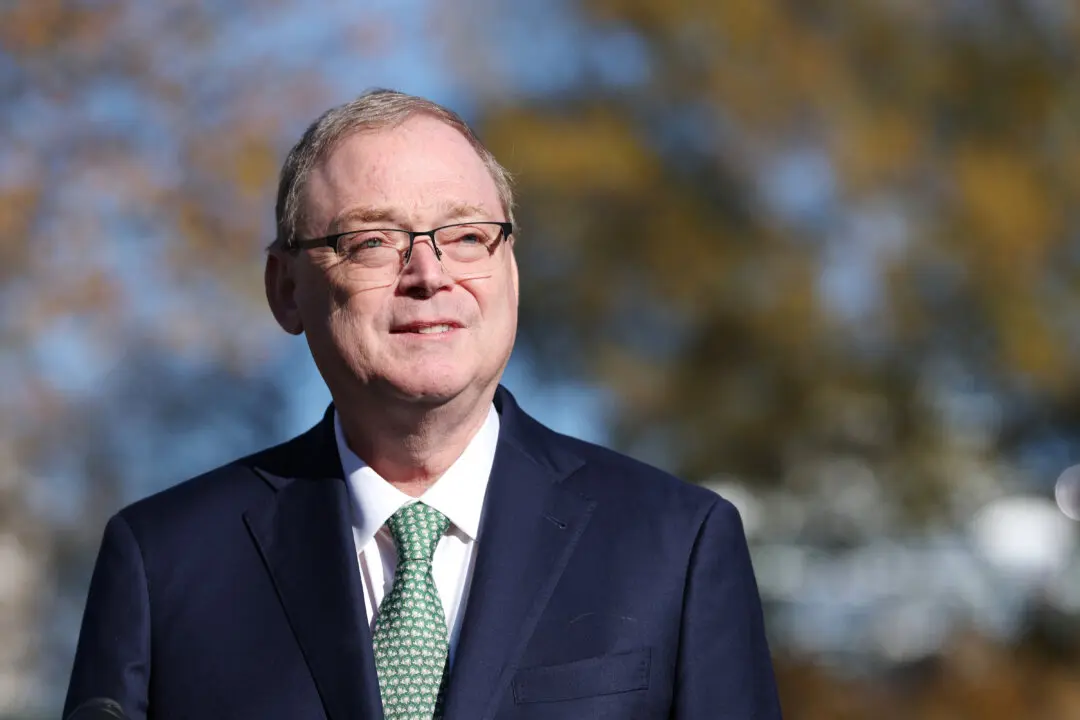The number of American workers filing for unemployment benefits fell last week, dropping more sharply than economists expected, although experts say an elevated level of uncertainty remains around the recovery outlook.
First-time filings for unemployment insurance—a proxy for layoffs—came in at 326,000 for the week ending on Oct. 2, the Labor Department said in a statement (pdf). The consensus forecast was for 348,000 claims.





